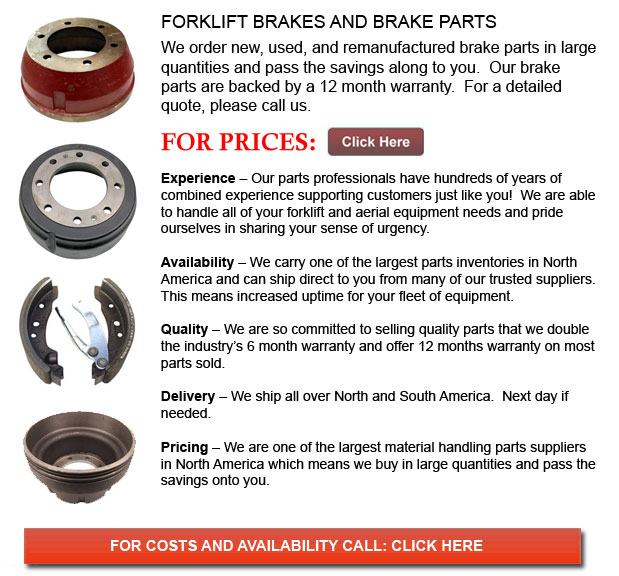
Forklift Brakes - A brake drum is in which the friction is supplied by the brake shoes or brake pads. The pads or shoes press up against the rotating brake drum. There are a few different brake drums kinds with certain specific differences. A "break drum" would usually refer to whenever either pads or shoes press onto the inner surface of the drum. A "clasp brake" is the term utilized to be able to describe when shoes press against the outside of the drum. One more kind of brake, known as a "band brake" utilizes a flexible band or belt to wrap all-around the outside of the drum. If the drum is pinched in between two shoes, it can be known as a "pinch brake drum." Similar to a conventional disc brake, these kinds of brakes are quite uncommon.
Old brake drums, before the year 1995, needed to be consistently modified in order to compensate for wear of the drum and shoe. "Low pedal" can cause the needed adjustments are not done sufficiently. The motor vehicle can become dangerous and the brakes could become useless whenever low pedal is combined along with brake fade.
There are several various Self-Adjusting systems meant for braking presented today. They could be classed into two separate categories, the RAI and RAD. RAI systems are built in systems that help the device recover from overheating. The most well known RAI makers are AP, Bendix, Lucas, and Bosch. The most famous RAD systems include Bendix, Ford recovery systems, Volkswagen, VAG and AP.
Self-repositioning brakes normally make use of a mechanism that engages only when the vehicle is being stopped from reverse motion. This stopping method is acceptable for use where all wheels use brake drums. The majority of vehicles these days utilize disc brakes on the front wheels. By functioning only in reverse it is less likely that the brakes will be adjusted while hot and the brake drums are expanded. If adapted while hot, "dragging brakes" could happen, which raises fuel intake and accelerates wear. A ratchet mechanism that becomes engaged as the hand brake is set is one more way the self repositioning brakes may operate. This means is just suitable in applications where rear brake drums are used. Whenever the parking or emergency brake actuator lever goes over a particular amount of travel, the ratchet improvements an adjuster screw and the brake shoes move in the direction of the drum.
There is a manual adjustment knob located at the base of the drum. It is usually adjusted through a hole on the opposite side of the wheel and this involves getting under the vehicle together with a flathead screwdriver. It is of utmost importance to move the click wheel correctly and adjust every wheel evenly. If unequal adjustment takes place, the vehicle could pull to one side during heavy braking. The most effective method in order to make certain this tedious task is completed safely is to either raise every wheel off the ground and spin it manually while measuring how much force it takes and feeling if the shoes are dragging, or give everyeach and every one the exact amount of clicks using the hand and then perform a road test.
![]() Click to Download the pdf
Click to Download the pdf
Forklift Parts

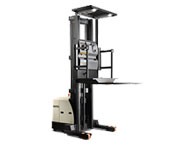


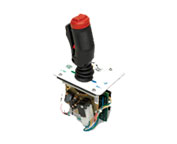
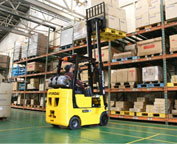
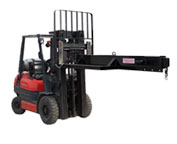
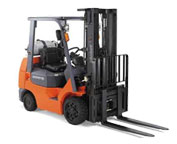
Lift Parts Express
TOLL FREE: 1-888-695-7994
forkliftpartsalaska.com
Email Us
About Us


